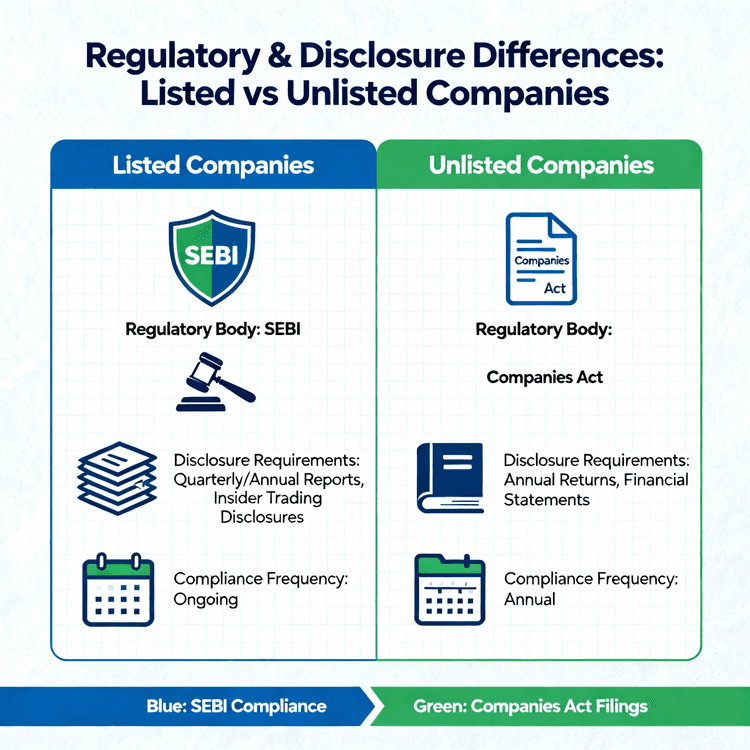OYO Rooms, the Indian hospitality giant, is once again in the spotlight as it prepares for its Initial Public Offering (IPO), expected in late 2025. The company’s IPO journey has been complex, marked by multiple attempts, delays, and strategic recalibrations. For investors considering buying OYO shares before the IPO, understanding this background and the company’s current positioning is crucial.
OYO’s Previous IPO Attempts and Reasons for Delays
First IPO Attempt (2021)
OYO first filed for an IPO in 2021, aiming to raise around ₹8,430 crore (approximately $1.2 billion). However, the plan was stalled due to challenging market conditions, including a global tech downturn and investor caution on new-age startups. SEBI requested OYO to update its draft red herring prospectus with additional disclosures, further delaying the process.
Second IPO Attempt (2023)
In early 2023, OYO filed a revised, smaller IPO proposal, targeting a more modest size of $400-600 million. This reflected a significant downscale from its earlier ambitions, driven by a sharp drop in valuation from a peak of $10 billion in 2019 to around $2.4 billion by 2024. However, this second attempt was withdrawn in May 2023 as the company opted to focus on refinancing its debt and securing fresh private funding.
Reasons for IPO Delays
- Market Volatility: Global tech sector corrections and investor risk aversion impacted valuations and IPO appetite.
- Financial Restructuring: OYO needed to improve its financial health, reduce losses, and strengthen profitability before going public.
- Debt Refinancing: The company had significant debt obligations, including founder Ritesh Agarwal’s personal $2.2 billion loan, which required refinancing and repayment plans.
- COVID-19 Impact: The pandemic severely disrupted the hospitality sector, affecting OYO’s revenues and delaying its growth trajectory.
Improved Financial Performance
OYO has posted record profits recently, reporting a net profit of ₹229 crore for FY 2023-24 and continuing profitability into FY25 quarters. Revenues have rebounded strongly to ₹5,541 crore in FY24. This financial turnaround is a key enabler for the IPO.
Debt Repayment Pressure
Founder Ritesh Agarwal faces a looming $383 million debt repayment deadline by October 2025, tied to loans backed by SoftBank. Creditors are pressuring for clarity and repayment, with IPO proceeds seen as a primary source to meet these obligations.
Strategic Growth and Expansion
OYO plans to use IPO funds to:
- Reduce financial liabilities and deleverage the balance sheet.
- Expand into new international markets and strengthen existing ones.
- Invest in technology upgrades and improve customer experience.
- Pursue acquisitions, such as US-based G6 Hospitality and Paris-based Checkmyguest, to diversify and premiumise its portfolio.
With SEBI approval expected soon and bankers appointed, the IPO process is gaining momentum. Moody’s recent upgrade of OYO’s credit rating to B2 with a stable outlook reflects growing confidence in the company’s earnings consolidation and business model.
OYO IPO Share Price Prediction and Valuation
- OYO’s valuation has seen a rollercoaster ride: from a peak of $10 billion in 2019, it dropped to around $2.4 billion in 2024 after Series G funding but climbed back to $3.79 billion in early 2025 following fresh investments.
- The IPO price band is yet to be officially announced, but market estimates suggest a premium over recent private funding rounds, which valued shares around ₹42-45.
- Post-IPO, given OYO’s improved profitability, global presence, and growth prospects, the share price is expected to appreciate, though subject to market conditions at listing.
Reasons to Consider Investing Pre-IPO
➔ Early Entry at Potentially Lower Prices
Buying unlisted shares before the IPO can offer a price advantage compared to the public listing, allowing investors to benefit from potential upside once shares list.
➔ Strong Brand and Global Footprint
OYO operates in over 800 cities across 80 countries, making it a dominant player in the budget and mid-segment hospitality space with significant growth potential.
➔ Improved Financials and Profitability
The company’s recent profits and revenue rebound reduce some of the risks associated with earlier losses, improving IPO valuation prospects.
➔ Promoter Confidence
Founder Ritesh Agarwal has consistently invested in funding rounds through his entities, signaling strong insider confidence in the company’s future.
➔ IPO Momentum and Regulatory Approvals
With SEBI approval imminent and bankers engaged, the IPO process is more certain than in previous years, reducing timing risks.
Risks and Challenges of Pre-IPO Investment
➔ Liquidity Constraints
Unlisted shares are not traded on public exchanges, making it difficult to exit before the IPO. Investors may have to hold shares for an extended period.
➔ Uncertainty on IPO Timing and Pricing
Despite progress, the IPO date and price band can still shift due to market volatility or regulatory changes, impacting returns.
➔ Debt-Driven IPO Pressure
The IPO is partly driven by the need to repay founder Agarwal’s large personal debt. This urgency might impact IPO pricing and shareholder value.
➔ Sectoral and Operational Risks
The hospitality sector is sensitive to economic cycles, travel trends, and competition. OYO’s asset-light model depends on franchise partners and technology, which carry execution risks.
➔ Valuation Fluctuations
OYO’s valuation has seen wide swings, reflecting market sentiment and internal challenges, which could affect investor returns.
OYO’s IPO journey reflects the challenges of scaling a high-growth startup through volatile markets and sector disruptions. The company’s improved financial health, strategic growth plans, and imminent IPO present a compelling investment opportunity for those with a high-risk tolerance and a long-term perspective.
Investing in OYO before its IPO offers potential early gains but comes with liquidity and valuation risks. Careful due diligence and working through trusted intermediaries are essential. For risk-averse investors, waiting for the public listing may provide better liquidity and price transparency.


